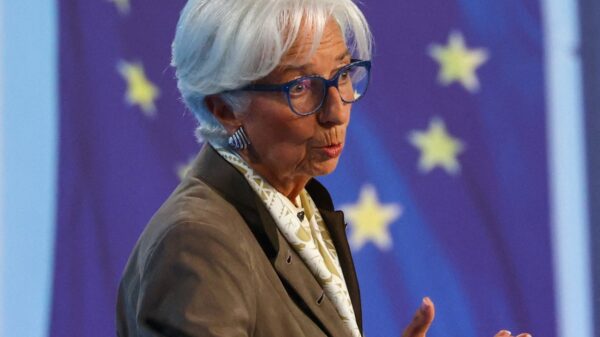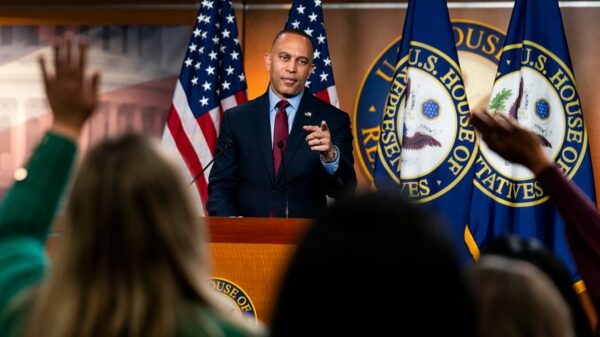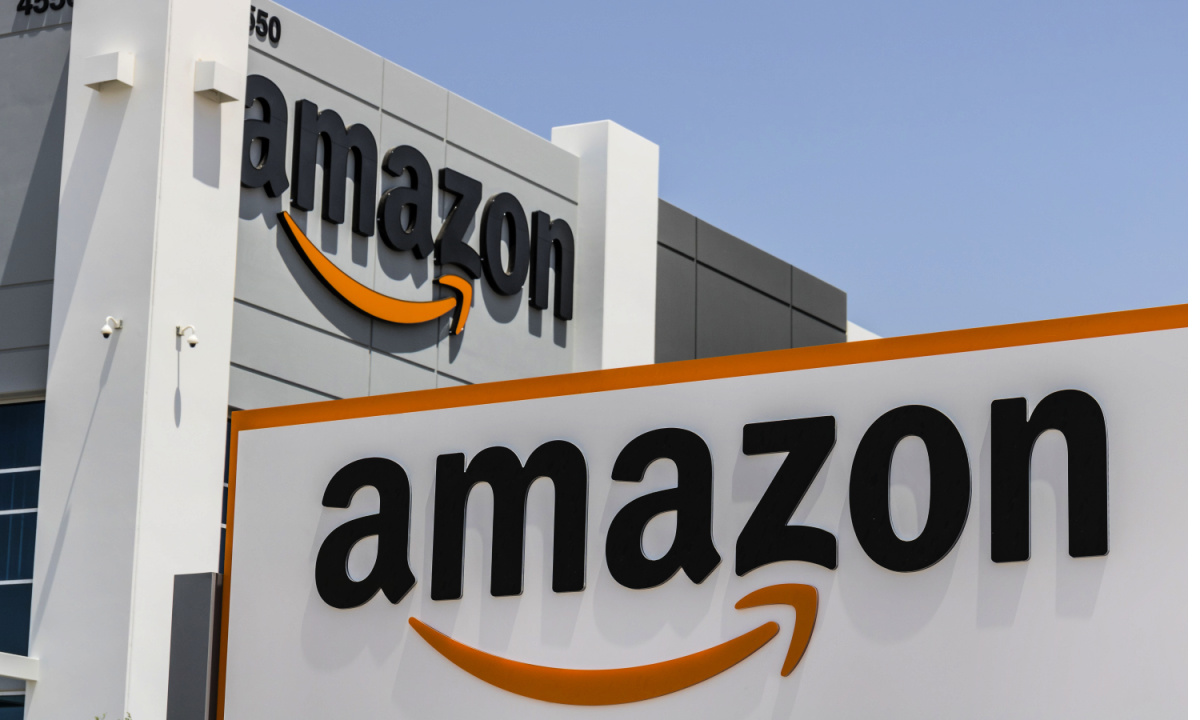Amazon has raised prices on thousands of low-cost items in response to recently imposed tariffs by the U.S. government. According to a report by the Wall Street Journal on July 20, 2023, an analysis of nearly 2,500 products, including items like deodorant and protein shakes, revealed that prices increased for approximately 1,200 of Amazon’s cheapest household goods. In contrast, rival Walmart has reportedly reduced prices on similar items by nearly 2%.
The differing pricing strategies between the two retail giants highlight the varying approaches to managing the financial pressures stemming from ongoing tariff-related uncertainties. The Wall Street Journal utilized data from the e-commerce analytics firm Traject Data to illustrate these changes.
In April, Amazon stated its commitment to maintaining low prices, but the recent analysis indicates a shift. The company responded to the Wall Street Journal report by asserting that the products monitored were not representative of its overall pricing. “We have not seen the average prices of products offered in our store change up or down appreciably,” a company spokesperson noted, emphasizing that their focus remains on providing value to customers.
Interestingly, many manufacturers of the products that saw price increases on Amazon reported that they had not raised the prices they charge retailers. The report indicated that products made in the United States, such as Campbell’s Soup labeled “Made in U.S.A,” experienced price hikes. Imported goods and items manufactured domestically with imported components faced even steeper increases. An example highlighted was a stackable metal basket from Ohio-based Dayglow LLC, which rose from $9.31 before the tariffs to $19.99 by mid-April.
Consumer Behavior Shifts Amid Tariff Pressures
The landscape for Amazon and other major retailers is evolving rapidly, particularly as consumer behavior adapts to the current economic climate. A report from PYMNTS noted that consumers are becoming increasingly cautious and tech-savvy, with a strong emphasis on values-driven purchasing decisions. The report identified younger generations, specifically Gen Z and younger millennials, as key drivers of new shopping expectations. These consumers want personalized experiences and instant fulfillment, seamlessly integrating their online and offline shopping.
The financial environment remains challenging, particularly with the resumption of student loan payments, elevated mortgage rates, and ongoing inflation concerns. Research from PYMNTS Intelligence indicates that more than 80% of consumers are actively altering their spending habits to mitigate the financial impact of tariffs. The average person is making nearly five behavioral changes, with 44% of consumers already modifying their shopping habits in response to tariff-induced price pressures.
As retail giants like Amazon and Walmart navigate this shifting landscape, the impact on consumer choices and pricing strategies will likely continue to evolve. The focus on maintaining customer loyalty during this period of economic uncertainty remains paramount for these companies.



































































